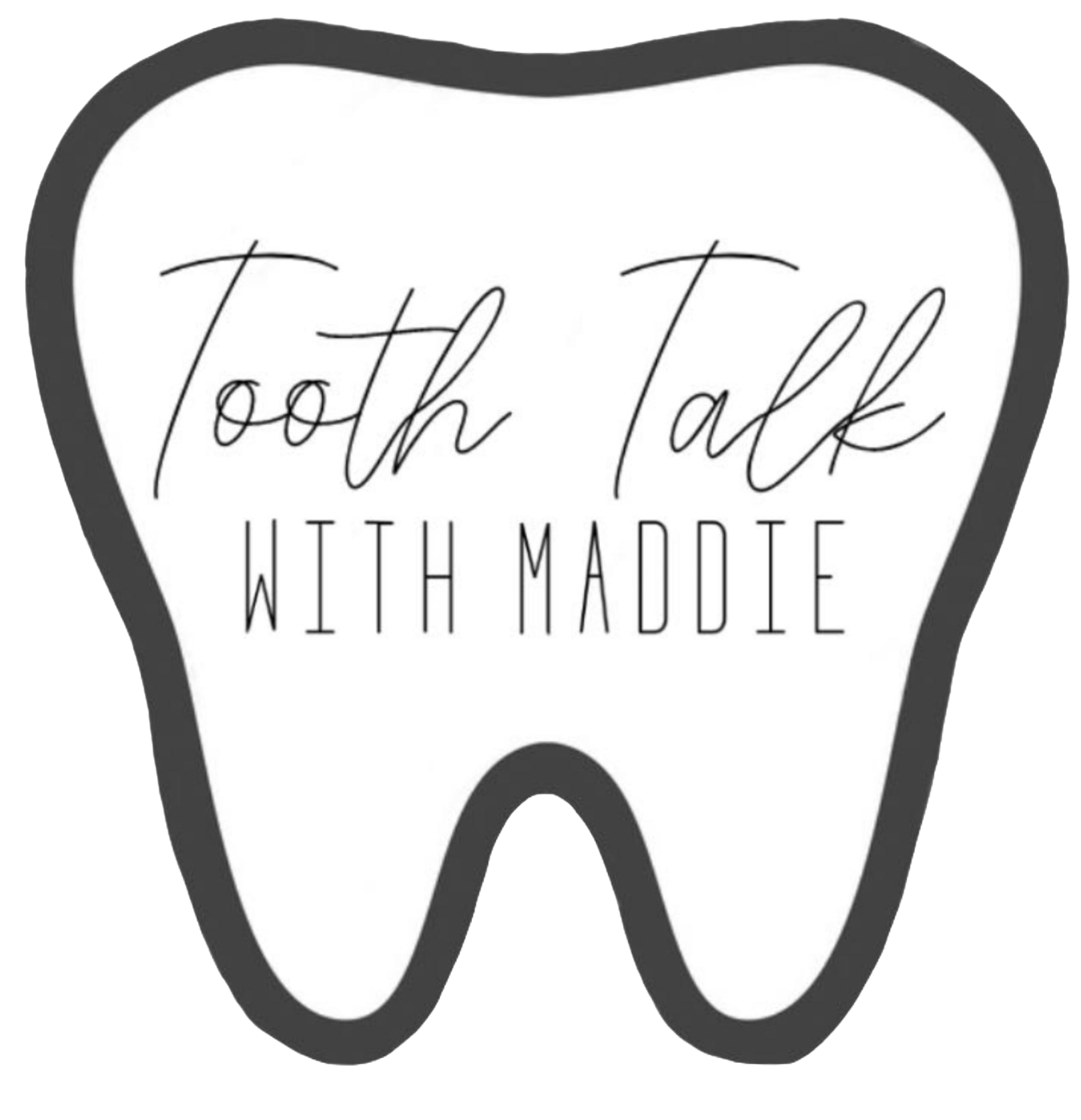Dental Hygienist Responsibilities
To the average person, a dental hygienist might seem to just "do cleanings.” But there’s much more to our profession than that. The responsibilities of a dental hygienist are as follows:
- Assessing patient’s dental and medical histories
- Understanding how a patient’s medical conditions and medications can affect their oral health
- Assessing vitals and recognizing abnormal readings and signs of undiagnosed medical conditions
- Recognizing any pathologic conditions of the head and neck
- Assessing for oral cancer
- Taking x-rays
- Assessing x-rays for signs of cavities, bone loss, and recognizing any abnormalities
- Updating patient’s hard tissue charting (missing teeth, existing restorations, etc.)
- Assessing gum health by thorough gum examinations at every appointment
- Detecting and removing plaque bacteria, tartar buildup, and stain from teeth
- Administering local anesthesia injections (numbing) when needed
- Administering nitrous oxide (laughing gas) when needed
- Performing laser bacterial debridement, if necessary
- Treating and preventing gingivitis and periodontal disease
- Communicating findings and collaborating with dentist to determine patient needs
- Adding items to patients’ treatment plan and explaining dental procedures
- Educating patients on their dental condition and giving recommendations to improve oral care at home
- Providing nutritional counseling, if necessary
- Explaining how oral health affects the overall health of the patient
- Applying fluoride varnish
- Placing dental sealants
- Practicing proper infection control by cleaning the operatory thoroughly
- Performing proper sterilization of instruments
- Documenting treatment in appointment notes
- Responding to medical emergencies within the dental office when necessary
- Following up with patients regarding follow up visits if not scheduled
And most importantly, building a relationship and trust with patients!
